|
Just in case you've not yet found your way to the Reading List page, if you do you'll find two quite topical books I've just listed - one about the Purple Emperor butterfly and the other by Dara McAnulty - a Young Naturalist. And a few others I or others (have) love(d). After all, as my Pilates teacher reminds us weekly, only 18 weeks to go till Christmas!
It's a real privilege to witness natural events close up. I'm really blessed to have five house martin nests on my house, four on the west wall and one on the east (as well as the swifts on the north). They seem to have had a good year, with chirpings from young almost continuously and even still now. But last week there was a pre-migration gathering of what looked like hundreds of house martins from I can't imagine how far afield, wheeling and calling round and round, flying right up to and even clipping my windows with their wings. Here's the video. As I say, 'I've never seen anything like it.' Do click on it and enlarge to view - but my apologies, one day I'll remember to video in landscape. Andrew Graham's moth trap never ceases to amaze him with how many there are and what a variety of shape and size there is - and these fabulous (I think) creatures are out there every night and we are hardly aware of them. I particularly love their names and have wondered how they get them. Andrew explains some pretty obviously refer to the markings, like Black arches here, or colour like the Rosy footman in the middle. Then there's the plant on which caterpillars feed such as Sallow kitten (love his furry little feet) and there's also an Alder kitten. Then there's shape - eg the Pebble hook tip below. (Just click on the photo to enlarge it and read the caption - All Andrew's photos, of course). Some refer to when you might see them like the July Highflier. Some refer to people's names or a location or habitat. Others, which I'd love to see, indicate how difficult some are to identify for example: Uncertain, Confused, Anomalous and Suspected. Then some are just plain mystifying like Druid, Exile, Sorcerer or Conformist. Or indeed - why Small Phoenix?! Surrounded by countryside, Tisbury is clearly a good place to see moths so any external light is likely to attract them. For this reason, only run a moth trap occasionally and let the moths go as soon as possible in the morning. Also try to ensure the light doesn't disturb the neighbours.
But all this is by the by. The variety is the thing and since starting to record the moths in his garden back in March, Andrew's identified 160 species of larger moth and there are bound to be more in the years to come Maybe looking far ahead to things like Hallowe'en, Chairman Peter Shallcross in his monthly update has an idea for those who find the macabre in nature even more intriguing than scifi - go to MoreNews to read all about it. But happily Andrew Graham takes a more summery approach: What to do if a peacock or small tortoiseshell butterfly comes into your house and looks like staying put? The best thing is in fact to leave the window open in the hope that it goes out again (this happened with one in my house the other day). Failing that, catch it by putting a glass over it and sliding a piece of paper very gently underneath till the butterfly walks onto it, then letting it go outside. But wait for a sunny day! (And do not, as has been suggested, put it in the fridge in the hope that it will go into proper hibernation!) Andrew also says there are plenty to look out still for on our downland and meadows and indeed gardens: large and small whites, common blue, brown argus (which is in fact also a 'blue'), even the Adonis blue - distinguished not just by its electric blue colour but also the black 'chequer' on its wing edges. On Fontmell Down you may also see the tiny silver-spotted skipper, and although our heat 'plume' from the Sahara didn't seem to bring the painted ladies and clouded yellows, it's definitely worth keeping an eye open for them. (I reported last year that the painted ladies' migration is a round trip of 12,000 - yes, twelve thousand - miles!)
More details from Andrew on all this on MoreNews. And finally, go to Field Trips for news of the next one, on 19 September - paddling about in the Nadder! One of my character deficits is a complete lack of interest in science-fiction but this is more than made up with a curiosity for the macabre and in the natural world there is no shortage of amazing case studies. The most recent one is the 'zombie' cicadas of North Carolina. I won't go into the details here (as I did with the zombie dung flies last year) but I invite you to look them up on the internet using the key words psychedelic fungus.
A much gentler subject is that of butterflies - Andrew Graham writes: 'Autumn may be approaching but in the right weather conditions it is still worth keeping a lookout for butterflies. A dozen or more species can still be expected to be on the wing in late August and into September. 'The white butterflies, which seem to have had a good year, will keep flying as they have more than one brood a year which may overlap. The second brood of large and small whites may have laid eggs on suitable (though not necessarily from your point of view) food plants in your garden and allotment, the resulting caterpillars feeding hungrily ready to pupate before spending the winter as a chrysalis. If we have a favourable autumn, there may be a third brood of large whites later in September. 'Many will have noticed the good numbers of peacock butterflies this summer: most buddleia bushes hosted at least few in July and August. Small tortoiseshells have also done better than in recent years. After feeding up on flowers’ nectar to increase their fat reserves, by late summer both species will start to look for suitable hibernation spots. Garden sheds and garages are often selected as places where they will be protected from frost and rain until the first warm sunny days next spring. If one mistakenly comes into your home at this time this will be too warm - and bright - for it through the winter, so it is better to put it outside to find somewhere more suitable to hibernate before the weather really deteriorates. 'A number of our blue butterflies have a second brood with adults on the wing in August and September. Common blues and the brown argus can be seen in the vicinity of Tisbury but the bright electric blue adonis blue is found up on the chalk downland. The freshly emerged male is just so bright it is hard to mistake: if you are unsure whether a blue butterfly you see is bright enough to be an adonis, then it probably isn’t one. 'Another downland specialist which is right on the edge of its range hereabouts is the silver spotted skipper which can be found at Fontmell Down and in spite of being a tiny fast-moving creature and elusive, each summer you will see people carefully scanning the turf of the down’s steep hillside hoping to catch a glimpse. 'At time of writing, we are “enjoying” the heat of one of the plumes of hot air reaching us from north Africa. What remains to be seen is whether migrant butterflies such as the painted lady and clouded yellow come with it. There was an eruption of painted ladies in 2019, but they have been extremely thin on the ground this year. We rely on annual migrations of this species as they reverse migrate back towards Africa at the end of the summer and only a few overwinter here. Clearly few made it through last winter, perhaps as it was so wet. 'Clouded yellows, which are a wonderful sight in late summer, are a rich buttery yellow/orange colour in flight. They are strong fliers and frustratingly are more often seen in flight than perched. They can be told apart from the male brimstone that may still be about it as is more lemony yellow and lacks the black wingtips of the clouded yellow'. The Wiltshire Wildlife Trust succeeded in purchasing the remaining area of Gutch Common Site of Special Scientific Interest (SSSI). This ancient site and its diverse habitat is protected and managed as a public nature reserve, connecting with Oysters Coppice SSSI and Wincombe Lane Woods to create an area of 108.59 acres of protected woodland and wet grassland - see this map. We walked from Semley to Gutch Common - reaching the dizzy height of 241m on the way before slithering down the precipitous hillside, as per the photos below - and Oysters Coppice where we finished with a picnic sheltering from the rain under trees. Along the paths we noticed several bushes with leaves turned into black lace - Alders, with the alder beetle having been at work. It is magnificent woodland - we passed some 'archaeological' remains of a former farmyard, ie rusting farm machinery; some superb trees including some 'fallen giants'; beautiful fungi; and a tiny frog sheltering among the roots of a tree. We were led by Debbie Carter who, as well as being on our committee and the Tisbury Tree Warden, looks after the Coppice day-to-day and also Peter Shallcross and Ines Lopez-Doriga: to all of whom warm thanks for a lovely exploration of this ancient woodland.
To get an idea of what you too might enjoy, take a look at the most interesting blog written by Glen Coy about the visit he made to Oysters Coppice almost exactly a year ago https://www.hiddenwiltshire.com/post/oysters-coppice-gutch-common Another place to read about the route from Semley to Oysters is on the website http://www.discovernadder.org.uk/uploads/images/countryside_activities/Walk9_SemleyAges.pdf which notes local landmarks including the base of a former medieval cross on the outskirts of Semley that has been known as the Plague Stone ever since 1665, when Semley residents left food there for parishioners of Donhead St. Mary during an outbreak of plague - which casts a new light on social distancing and queuing outside the Tisbury Co-op!  Photo: Peter Shallcross - the bat detect or was positioned near the Nadder at Wallmead Farm Photo: Peter Shallcross - the bat detect or was positioned near the Nadder at Wallmead Farm We've had moths, we've had nightjars - now it's the turn of that other Summer-night attraction - bats. These can be regarded as an 'indicator species' whose presence, absence, or relative well-being in a given environment is a sign of the overall health of its ecosystem. So it is really exciting that recordings near the river at Peter Shallcross's Wallmead Farm have detected an astounding so very encouraging number of these creatures. We often see them if we're outside at dusk, flying apparently silently above our gardens and streets - but it's a privilege for the under-30s that they can hear them as well: one of the first proofs of advancing years is not being able to any more. To many of us they're a bit of a mystery - as the Wikipaedia entry says, 'the only mammals capable of true and sustained flight'. And until recently, counting them could pretty well only be done in their roosts in caves or ruined stone buildings - and sometimes where they're less welcome, such as one of Salisbury Cathedral's porches! But now, ‘Bat detectors’ have revolutionised what we know about the distribution of different species, where they feed and what they get up to. For the batophiles, there's a more details of the report by Gareth Harris, the Wiltshire Mammal Recorder, on the recordings, at MoreNews.  Photo - LiCheng Shih - www.flickr.com Photo - LiCheng Shih - www.flickr.com We often see bats at dusk, flying above our gardens and streets, but most of their lives are hidden away. (This photo of an unidentified bat was taken in Taiwan, but I think it's rather sweet, as bats go - Ed.) Recently ‘bat detectors’ have revolutionised what we know about the distribution of different species, where they feed and what they get up to. Bat detectors pick up the echo-location signals from bats and from the particular frequency can tell most of the species apart. Gareth Harris (who is Wiltshire’s Mammal Recorder) positioned a detector on a tree near the river at Wallmead Farm for a month. The results were astounding! There was so much data that Gareth could only analyse a small sample but 10 species were identified with another three broken down to genus only. The list below refers to the number of passes recorded by each species so indicated activity and not necessarily abundance. It shows that there are many species of bats locally some of which are rare (highlighted in red) and there must therefore also be plenty of a whole range of insects for them to eat, especially down by the river, as different species of bats most likely specialise on different insects. Greater horseshoe 2 Lesser horseshoe - 4 Whiskered/Brandt's bat - 1 Daubenton's bat - 119 Natterer's bat - 7 Myotis sp. -2145 Noctule bat - 15 Leisler's bat - 9 Nyctalus sp. - 2 Serotine bat - 7 Common pipistrelle - 1572 Soprano pipistrelle - 1324 Plecotus sp. - 190 Grand Total - 5297 (NB these are passes, not individual bats) Gareth now plans to coordinate a farmer cluster group meeting on bats here soon and draw on these results. Dick Budden, our Treasurer, has sent this update to all our members - but if you're not already a member, please join! It's only £10 a year. Dick wrote:
'So - July did indeed turn out to be an eventful month for the society and we managed to start making things happen again. 'The moth survey, went down really well. This was our first meeting aimed specifically at engaging young people with the natural world. Over thirty people turned up, roughly a third of them youngsters, and we gained a number of new members for the society and for the mailing list. 'Ines has put together a whole programme of further events aimed at children and young adults: next up is a butterfly walk on Saturday 22nd August. Please encourage any young people you know to read about it here or via our Facebook page, and sign up for emailing at [email protected]. 'Also on Facebook you’ll find a picture of jubilant volunteers celebrating the last ragwort being pulled from the community field. It took two sessions, but it was worth it: ragwort is poisonous to animals so it was vital to remove it to permit the annual hay cut without which the wildflowers we sowed a year ago will not flourish. 'And the members guided walk around Home Farm Teffont Evias also went really well (though sadly a few were forced to drop out when it was deferred by a day to avoid heavy rain). The 23 who came walked in socially distanced groups of five or six with our excellent guides, Jasper Bacon, Peter and Martin Shallcross (and the last two made the journey twice) and came away knowing far more about the geology, topography, history and natural history of the village and its surrounding countryside. 'Earlier the committee had been thinking about what we can do in the absence of indoor meetings to revive the society’s events programme, and this trip to Teffont seems to provide a template for the foreseeable future. So, in the first instance we are aiming to revive the Field Trip to Oysters Coppice and Gutch Common, starting at Semley that was postponed from earlier in the year, in a fortnight’s time. 'If you are interested and would like to join, please email [email protected] and tell me which date and time you would be able to come: Field Trip to Oysters Coppice and Gutch Common, starting from Semley: Saturday 15th August, a.m./p.m./either and/or Sunday 16th August , a.m./ p.m./either 'I hasten to add that it is unclear at present how many guides we have available to lead groups of 5 or 6 on this walk. And there’s a chicken and egg riddle here; the number we need depends entirely on the response. If you think you could take this on (with advice from Peter, Ines, Debbie etc.) do please let me know. 'I should also mention that Lizzy Paylan has left the committee, and we thank her for all her help, but that we’re delighted to welcome three new members; Laura Downer, Steve Flowerday and Ines López-Dóriga. 'Keep well.' The answer, as members who received the latest email from Treasurer Dick Budden will know, is: Quite a lot! The main report is at MoreNews.
For news of our wonderful new Young TNHS, led by Ines Lopez-Doriga and Izzy Fry, go to the new Young TNHS page - and tell all your friends about it, if they have young families. It's free to join for under-21s. For a report on our first 'Covid era' field trip to Teffont Evias Home Farm, go to Field Trips/What you missed. For news of our next (yes!) Field Trip, to Semley Hill and Gutch Common, on 15/16 August, go to Field Trips. And finally, Lizzy Paylan has left the committee and we thank her for all her help, but we’re delighted to welcome two new members along with Ines: Laura Downer and Steve Flowerday, of whom more (I hope) anon. |
Photo: Avocets (Izzy Fry)
The headers display photos taken by our members. Do get in touch via the Contact Form if you'd like to submit a photo for selection.
Archives
May 2024
Categories
All
|

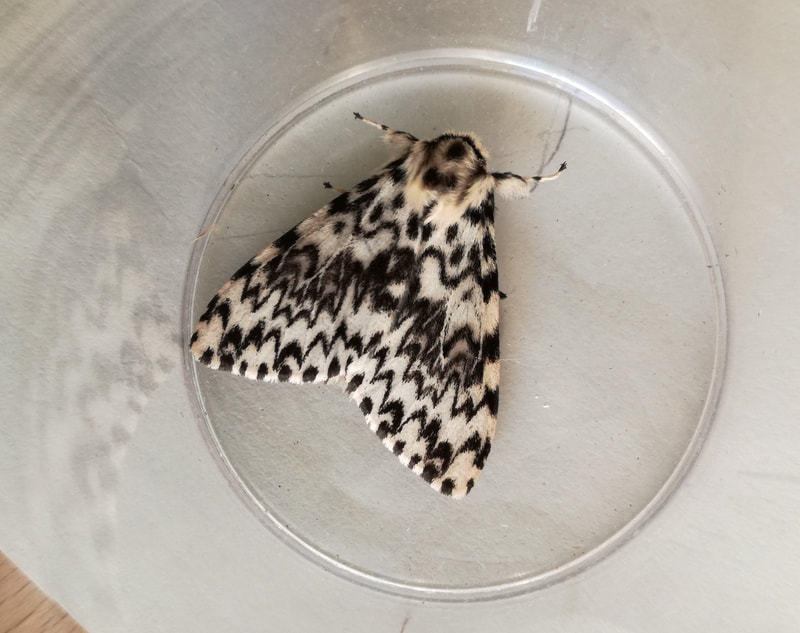
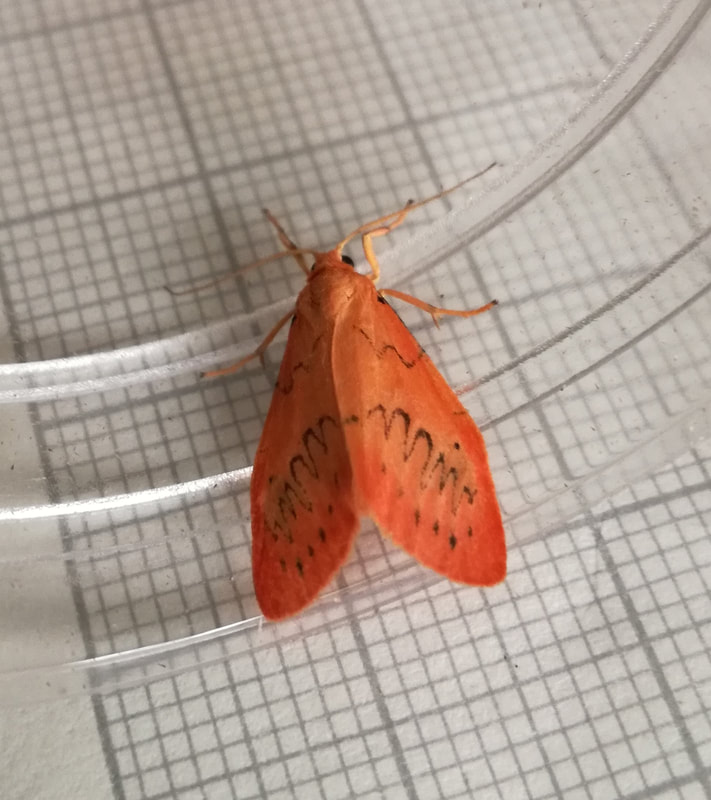

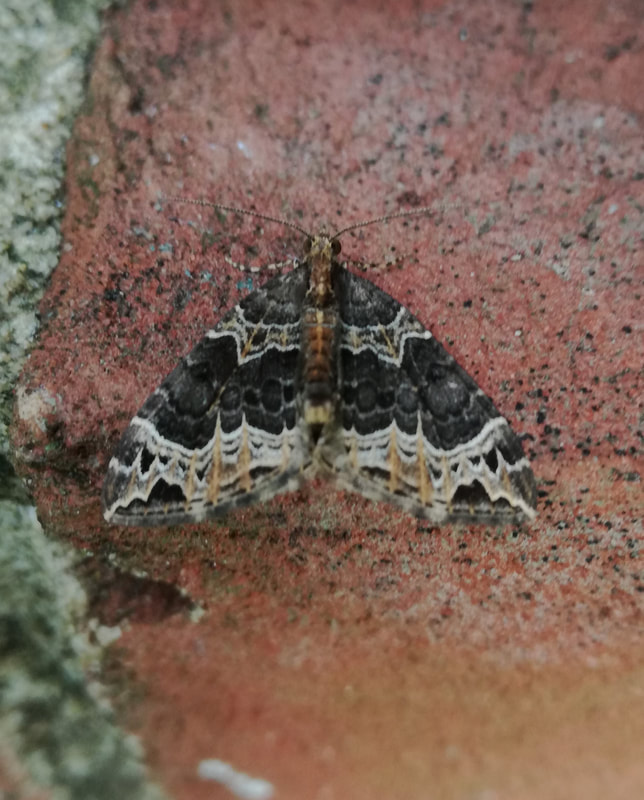

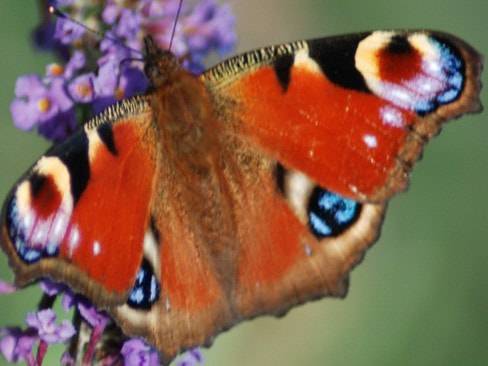
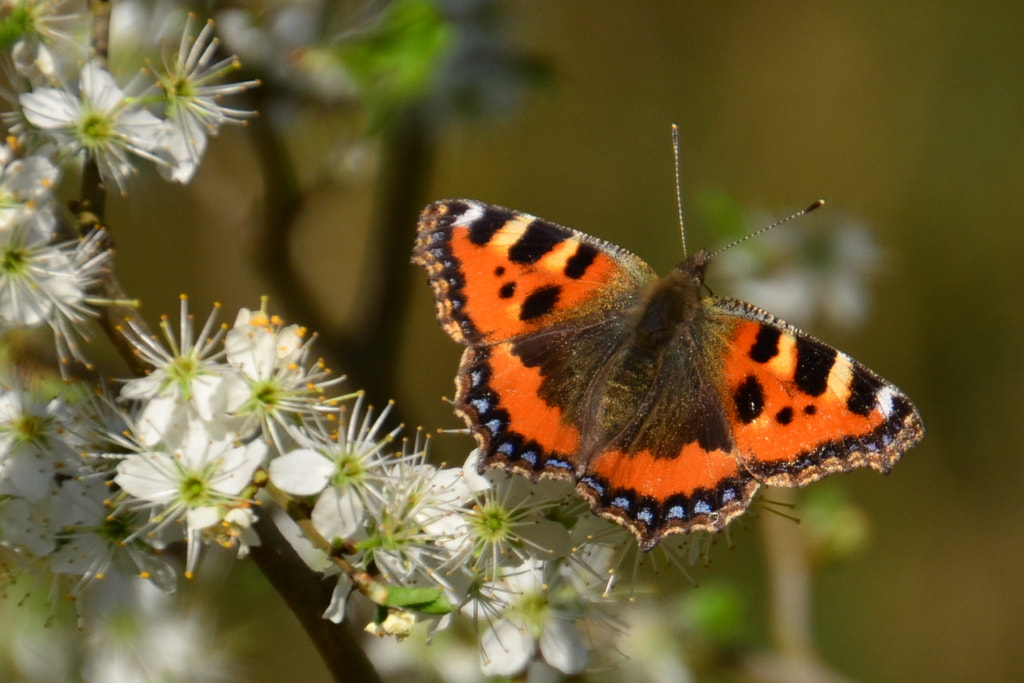
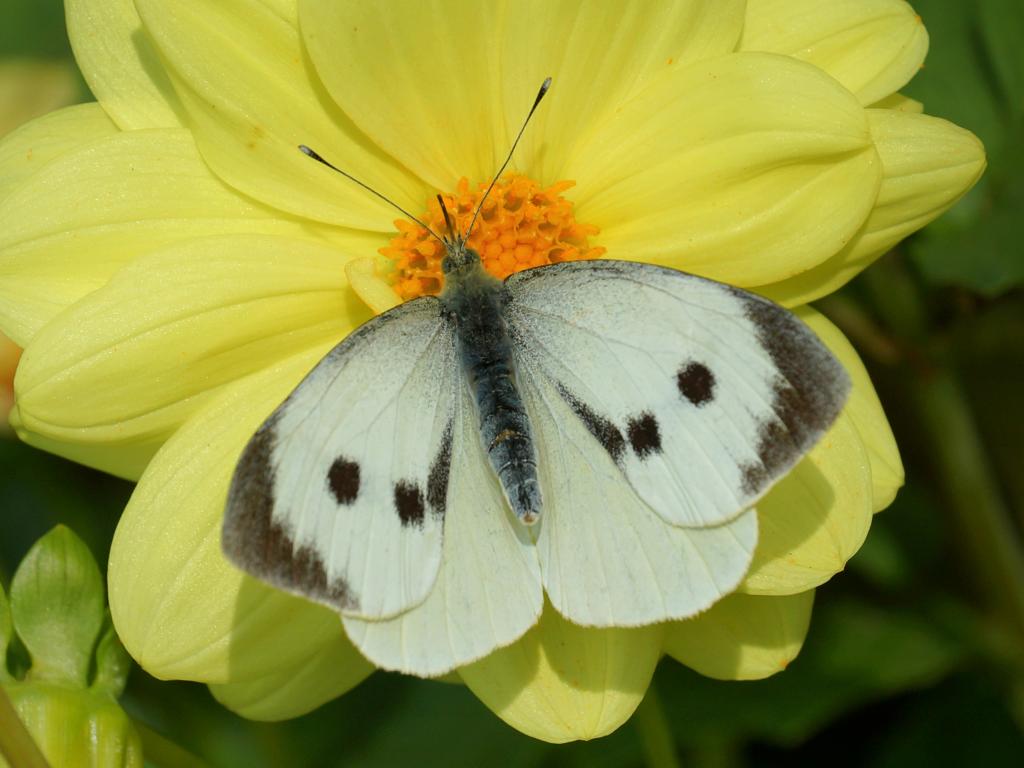


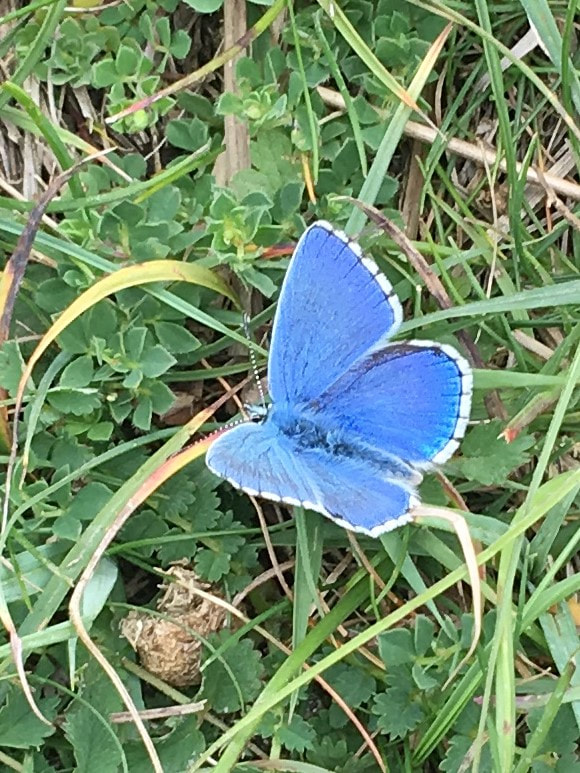



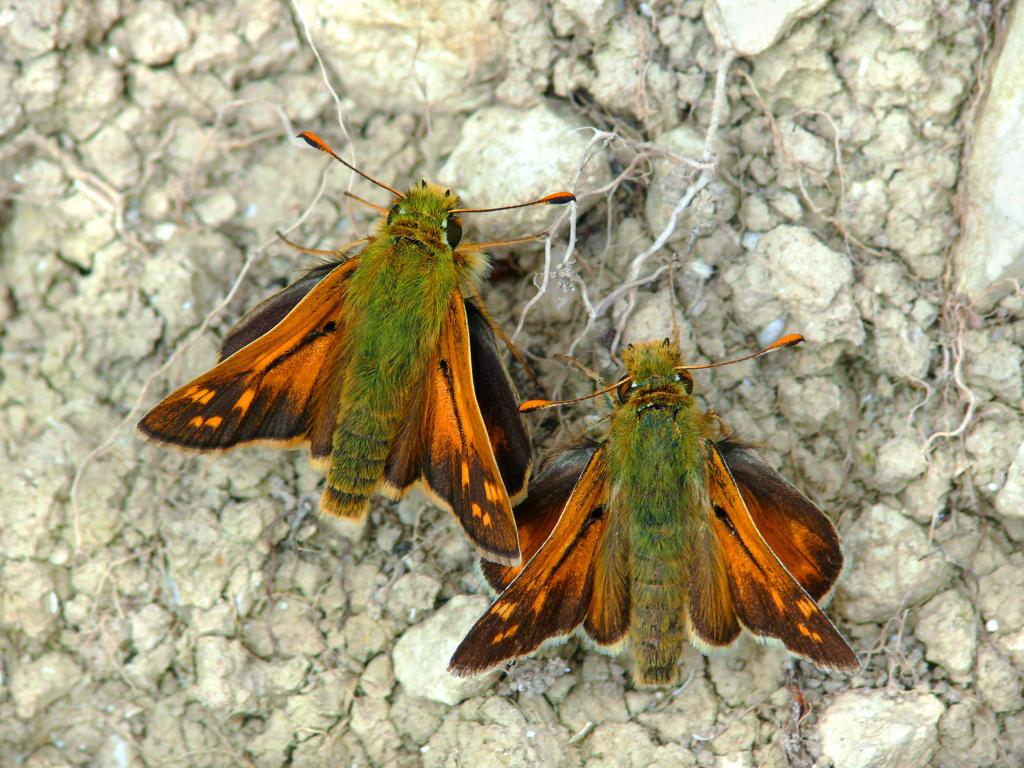
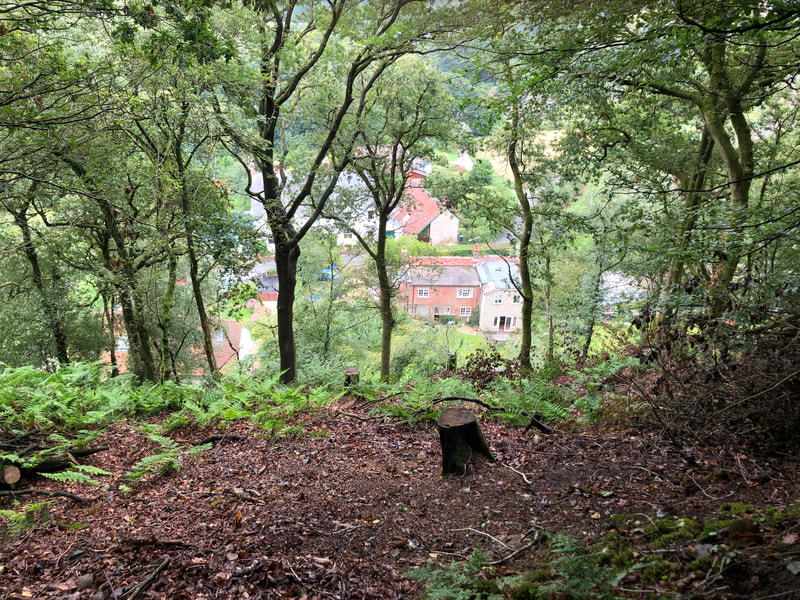


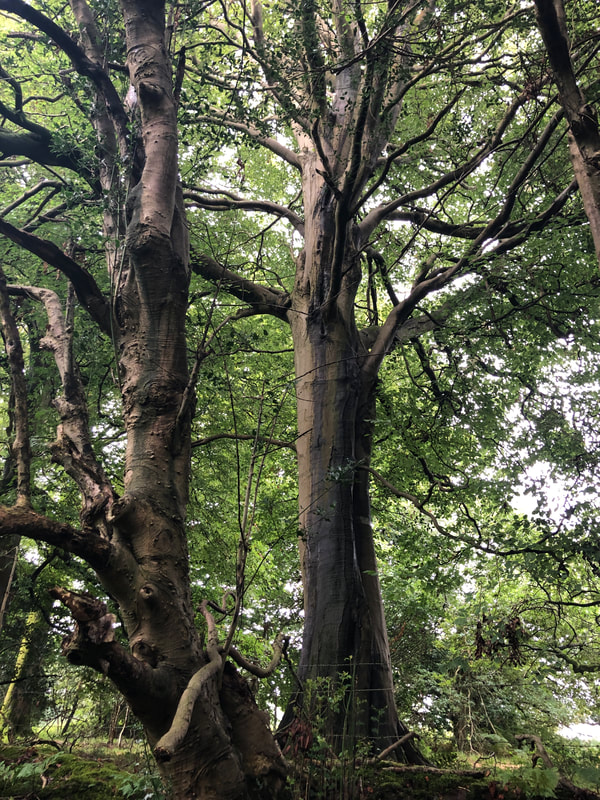
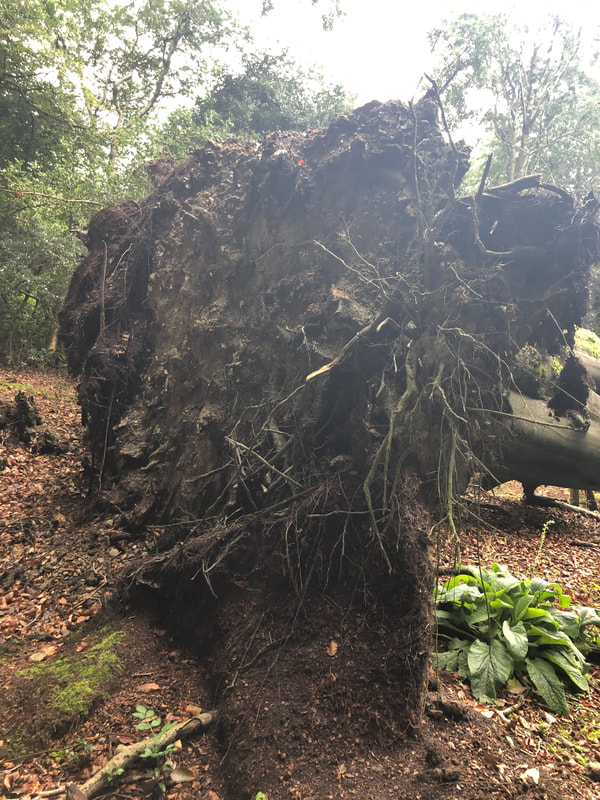
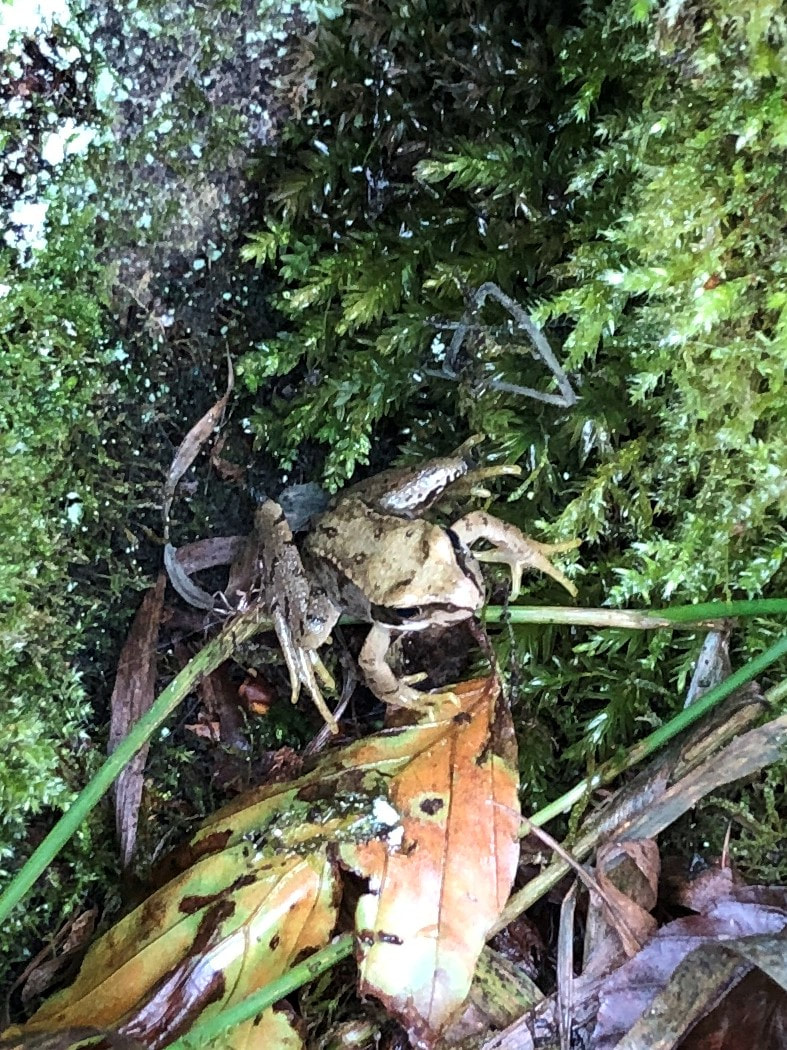
 RSS Feed
RSS Feed